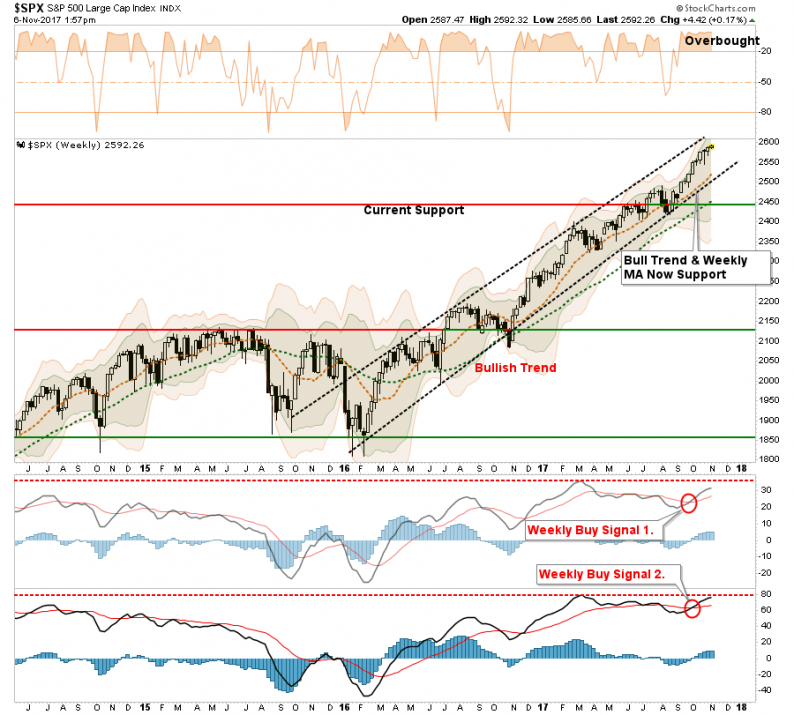This past weekend was riddled with shocking stories from the tragic shooting in Texas that left 26 dead and many more injured, to the arrest of Prince Alwaleed bin Talal who is one of Saudi Arabia’s most prominent businessmen. Prince Alwaleed, who appears fairly regularly on CNBC as his investment firm has holdings in Apple, Citigroup, and Twitter, was one eleven princes arrested along with four ministers and tens of former ministry officials detained on corruption, money laundering, and bribery charges.
Then there was the helicopter crash in Saudi Arabia that killed eight more high-ranking government officials including Prince Mansour bin-Muqrin, the official collapse of the Sprint and T-Mobil merger, and the warning from the Chinese Central Bank (PBOC) of “latent risks accumulating, including some that are ‘hidden, complex, sudden, contagious and hazardous.’”
There were more than just those stories, but you get the idea. In normal times, such a negative news flow would surely set the stage for traders to reduce risk related assets by taking some “money off the table.”
But such was not the case Monday morning as bullish investors were blind to the news and continued to chase stocks higher.
Currently, there seems to be nothing that can derail the markets from its bullish advance. After a brief 2-week correction this summer, stocks have reasserted their leadership over the last couple of months as economic and earnings data improved modestly.

Importantly, as I addressed last week, the “seasonally strong period” of the market was confirmed by both of the weekly MACD’s registering “buy signals” in October as shown in the chart above. The only concern is that those signals were triggered from extremely high levels which tend to be shorter in nature.
Nonetheless, the bullish trends do remain intact, keeping portfolios allocated towards equity risk currently, investors should not be overly complacent given the extreme overbought conditions that exist. The chart below shows the monthly RSI (Relative Strength Index) for the S&P 500 going back 35 years. Each time the market breached the 70% level, much less the 80% level (currently 81.72) the ensuing reversions have not been kind to investors.













Leave A Comment